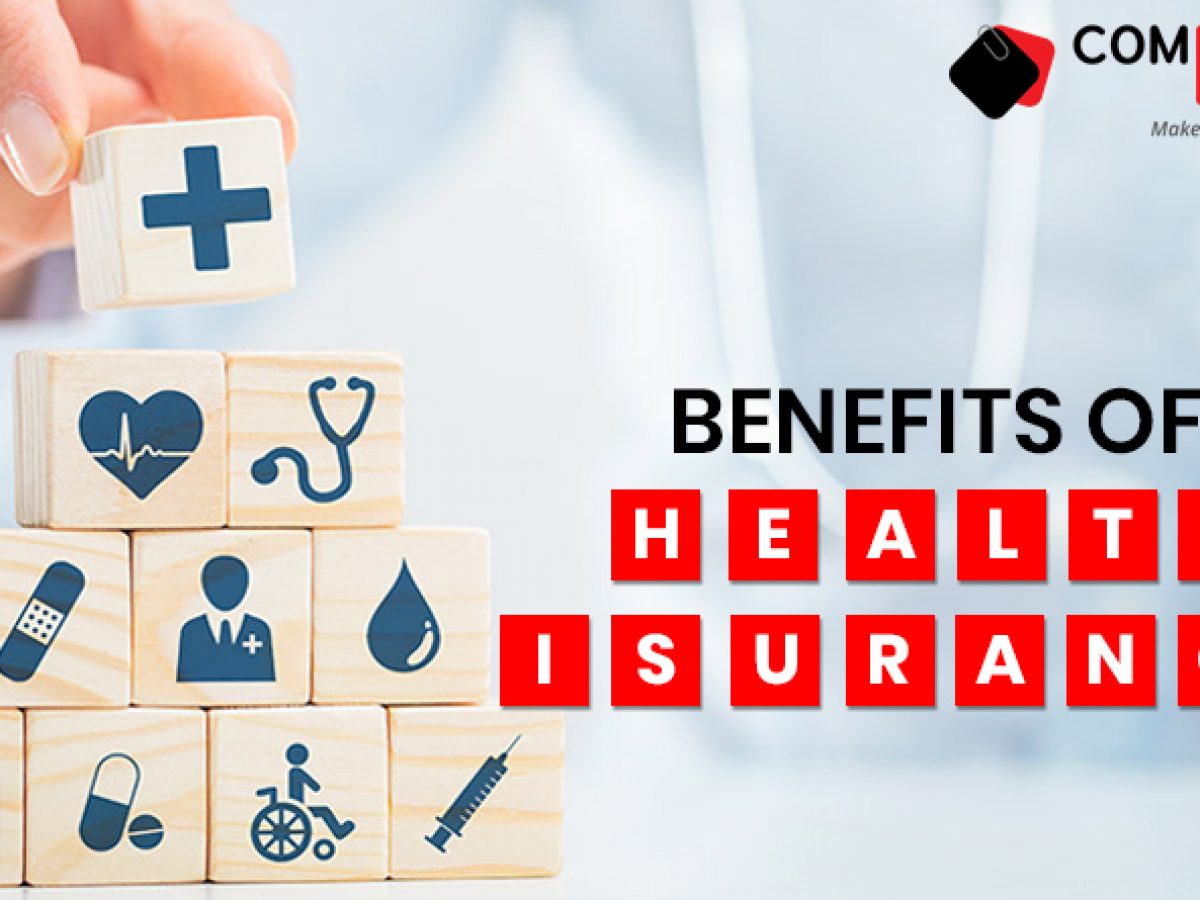The smart Trick of Final Expense In Toccoa, Ga That Nobody is Discussing
8 Easy Facts About Health Insurance In Toccoa, Ga Shown
Table of ContentsSome Ideas on Health Insurance In Toccoa, Ga You Need To KnowAnnuities In Toccoa, Ga Can Be Fun For Anyone10 Easy Facts About Insurance In Toccoa, Ga DescribedWhat Does Home Owners Insurance In Toccoa, Ga Mean?

New immigrants account for a significant proportion of people without health insurance. The partnership in between health insurance and accessibility to care is well established, as documented later on in this phase. The relationship in between health insurance and health and wellness outcomes is neither straight neither easy, a comprehensive clinical and health services research study literature web links health insurance policy coverage to enhanced access to care, much better quality, and boosted personal and population wellness condition.
Getting The Home Owners Insurance In Toccoa, Ga To Work
The problems encountered by the underinsured are in some respects comparable to those faced by the without insurance, although they are usually much less serious. Health and wellness insurance policy, nevertheless, is neither needed nor enough to acquire accessibility to clinical solutions. The independent and direct impact of health insurance protection on access to health solutions is well developed.
Others will get the healthcare they require even without health insurance, by paying for it out of pocket or seeking it from providers who supply care cost-free or at highly subsidized rates - Commercial Insurance in Toccoa, GA. For still others, medical insurance alone does not make sure receipt of care because of other nonfinancial obstacles, such as an absence of healthcare carriers in their community, limited access to transport, illiteracy, or etymological and social differences
Some Ideas on Final Expense In Toccoa, Ga You Should Know
Formal research regarding without insurance populaces in the United States dates to the late 1920s and early 1930s when the Committee on the Price of Healthcare generated a series of records concerning financing doctor workplace sees and hospitalizations. This concern ended up being significant as the varieties of medically indigent climbed during the Great Anxiety.
Empirical research studies constantly sustain the link in between accessibility to care and boosted wellness results (Bindman et al., 1995; Starfield, 1995). Having a routine source of treatment can be taken into consideration a predictor of accessibility, as opposed to a straight measure of it, when health and wellness end results are themselves made use of as access signs. Insurance in Toccoa, GA. This extension of the notion of gain access to dimension was made by the IOM Committee on Keeping An Eye On Gain access to to Personal Healthcare Services (Millman, 1993, p
Nevertheless, the influence of moms and dads' wellness and medical insurance on the well-being of their kids has gotten focus only lately. Whether or not moms and dads are guaranteed shows up to impact whether their children obtain treatment in addition to how much careeven if the children themselves have insurance coverage (Hanson, 1998).
9 Easy Facts About Automobile Insurance In Toccoa, Ga Explained

Although emergency departments are portrayed as a costly and improper site of medical care services, many without insurance people look for care in emergency situation divisions since they are sent there by various other healthcare suppliers or have no place else to go. Emergency treatment professionals argue that the country's emergency situation divisions not just offer as suppliers of last option yet are an essential entry point into the healthcare system (O'Brien et al (http://www.travelful.net/location/5368304/united-states/thomas-insurance-advisors)., 1999)
Phase 2 provides an overview of exactly how employment-based medical insurance, public programs and private insurance coverage policies run and engage to supply comprehensive however insufficient insurance coverage of the U.S. population. This includes a testimonial of historical trends and public plans affecting both public and private insurance coverage, a discussion of the communications among the different kinds of insurance coverage, and an exam of why people move from one program to one more or end up without coverage.Chapter 3 manufactures existing info to come to a composite summary of the without insurance: What attributes do individuals without coverage commonly share? Where do the uninsured live? The chapter additionally presents details regarding the risk of being or coming to be uninsured: Just how does the opportunity of being uninsured modification relying on selected features, such as racial and ethnic identification, country or urban additional resources residency, and age? What are the chances for certain populaces, such as racial and ethnic minorities, rural homeowners, and older working-age persons, of being without insurance? Exactly how does the chance of being without insurance change over a life time? In addition to identifying the probability of being without insurance in terms of a single dimension, such as sex, age, race, work standing, or geographical region, Chapter 3 Presents the outcomes of multivariate analyses that use an even more helpful representation of the aspects that contribute to the opportunities of being uninsured.